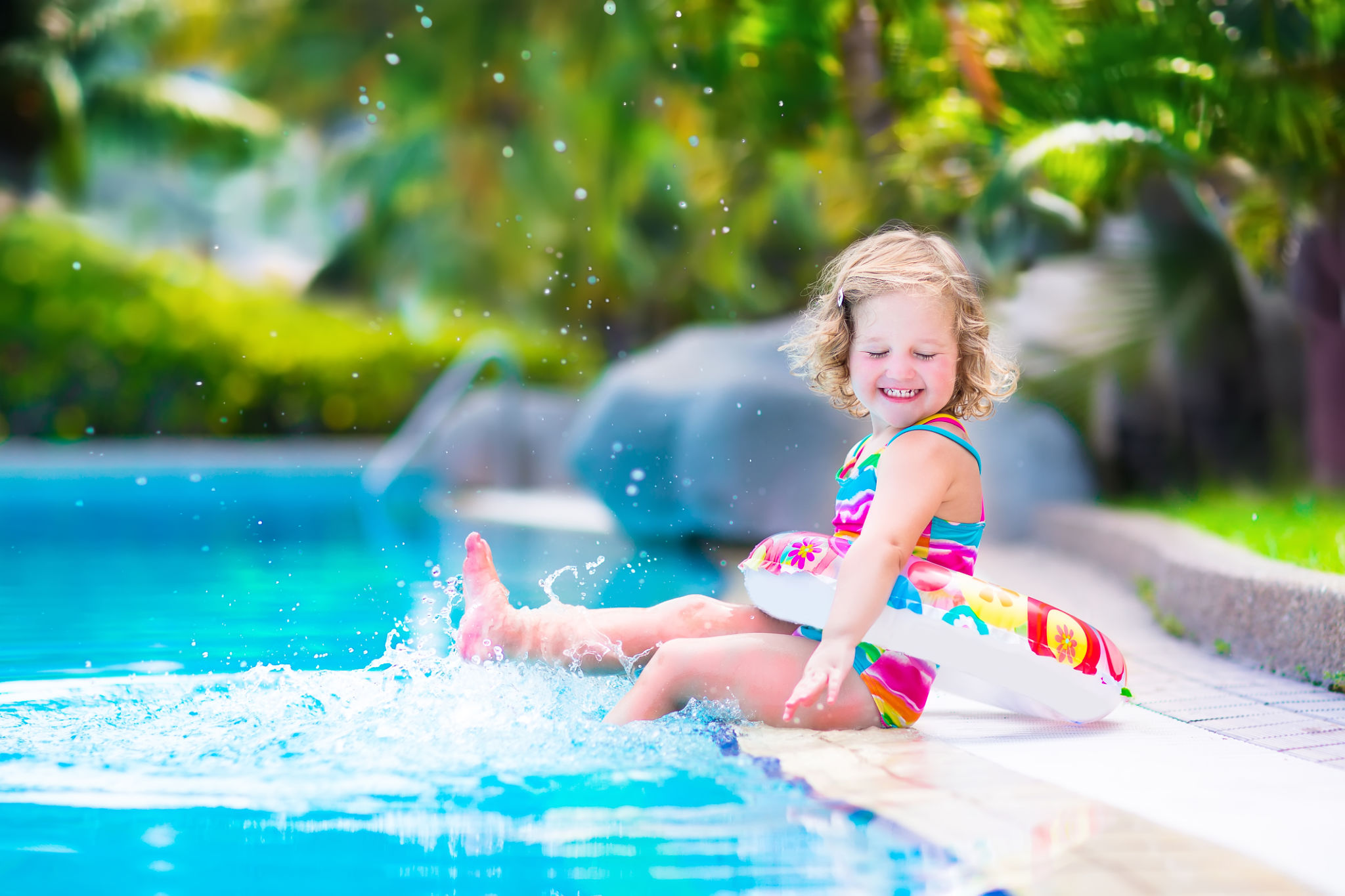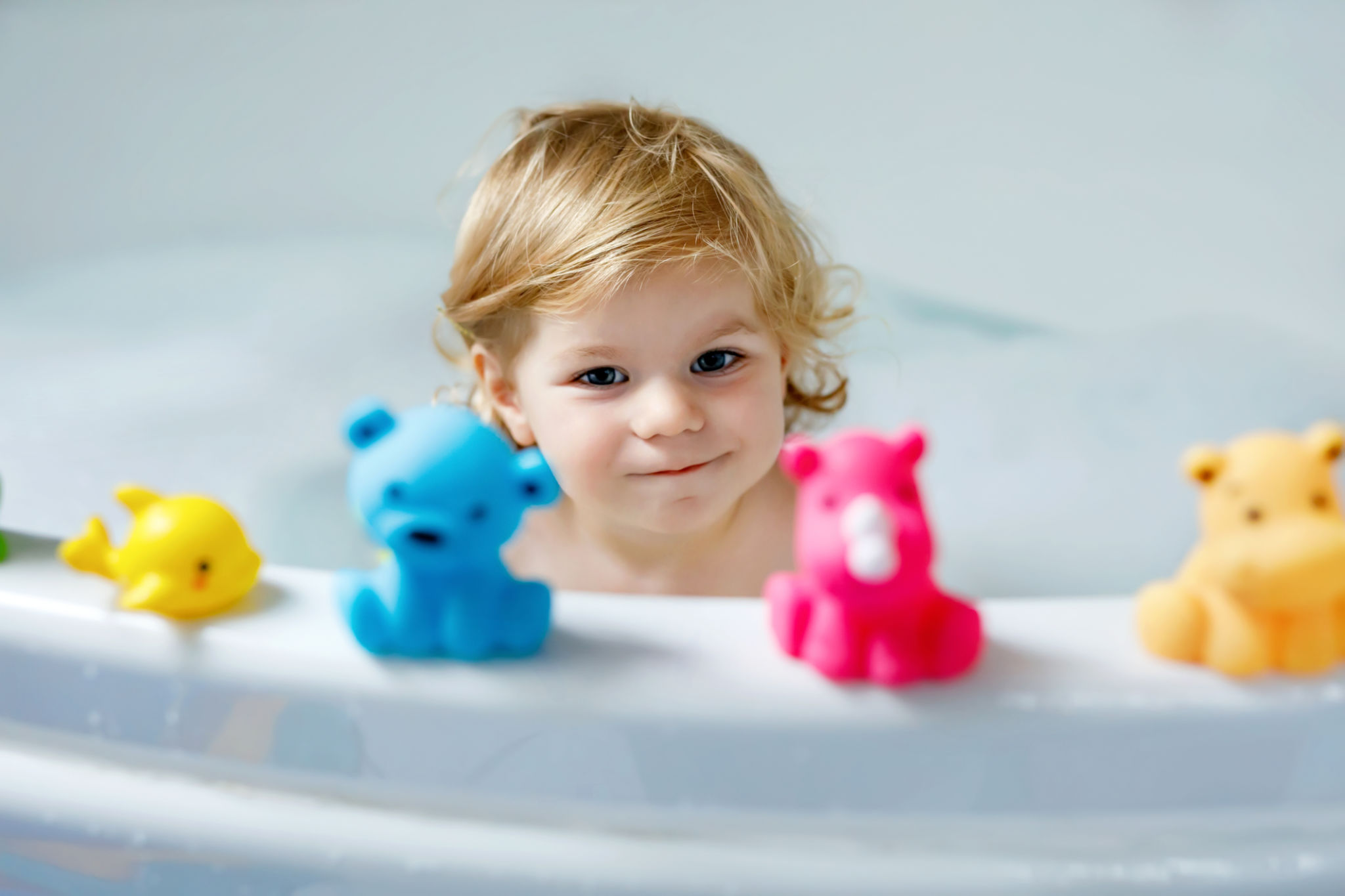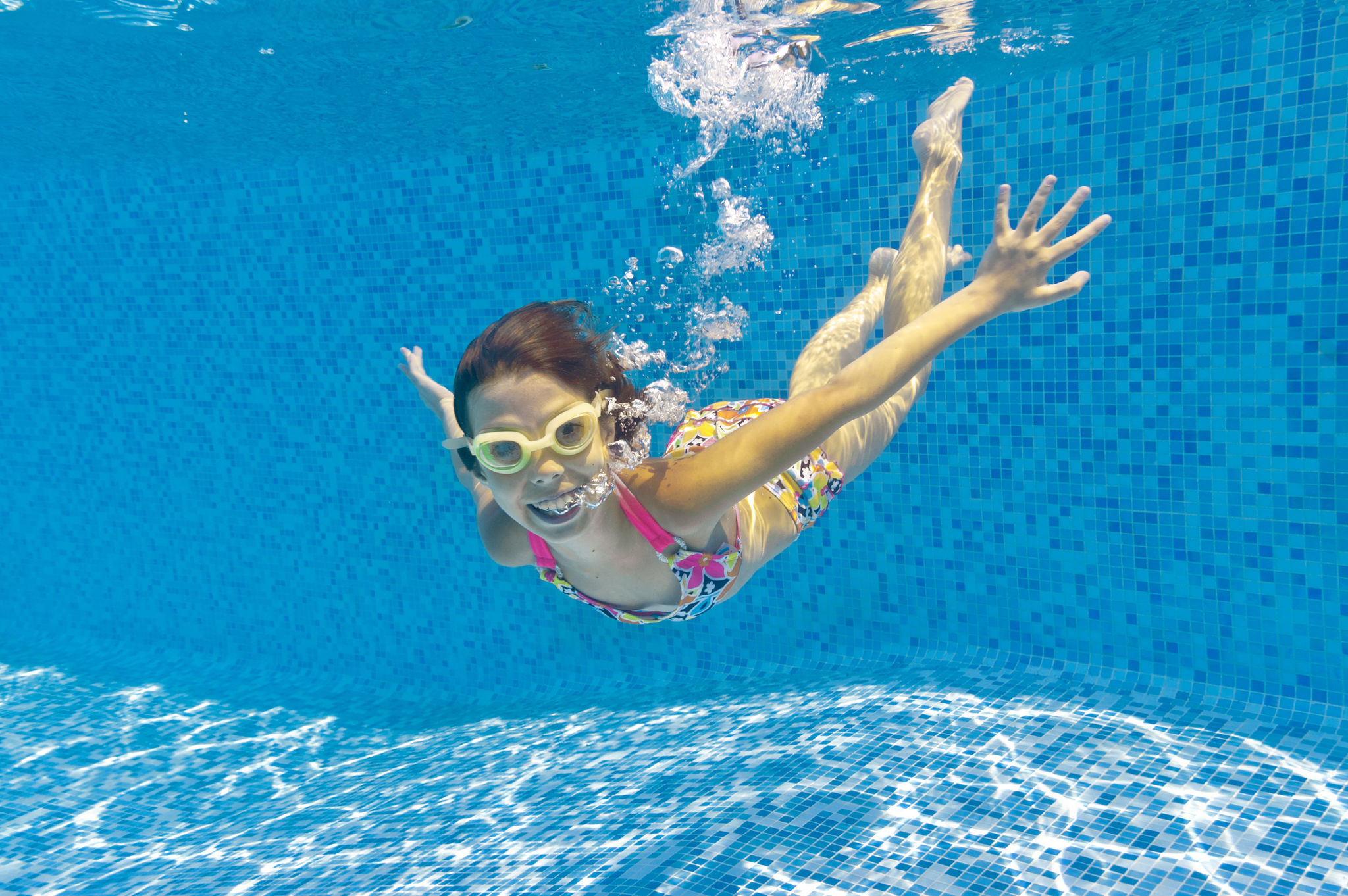Making Waves: How Aquatic Therapy Supports Sensory Challenges in Children
AC
Hi, I’m Alicia Clark, a mother of 3 beautiful children and a licensed pediatric occupational therapist and the founder of Faith and Function. With over 18 years of experience supporting health care professionals, educators, children and families with sensory processing challenges, I’m passionate about helping families navigate factors that impact behavior and development.
In this post, I’ll explore how aquatic therapy can support sensory processing and regulation, and share practical, water-based strategies that parents and therapists can use to help children thrive—whether at home, in the pool, or through telehealth.
Making Waves: How Aquatic Therapy Supports Sensory Challenges in Children
Summer is here, and that means more sunshine, more play, and more opportunities for movement and regulation. I’m thrilled to announce that I’m now offering aquatic therapy sessions in my backyard pool as part of my occupational therapy services!
Aquatic therapy isn't just fun—it's a powerful, evidence-based intervention that can help children with sensory processing challenges, motor delays, and self-regulation needs in a refreshing and engaging way. In this post, I’ll walk you through what aquatic OT looks like, how it supports the entire sensory system, and why it might be the perfect fit for your child this summer.
Affiliate Disclaimer: This post contains affiliate links. If you purchase through these links, I may earn a small commission at no additional cost to you. Thank you for supporting Faith and Function!

What Is Aquatic Therapy in OT?
Aquatic therapy—sometimes called hydrotherapy—is the use of water to support therapeutic goals. The unique properties of water, including buoyancy, resistance, and hydrostatic pressure, create a safe and supportive environment where children can move, regulate, and grow.
When guided by an occupational therapist trained in sensory integration, aquatic therapy becomes a multisensory experience that can address everything from sensory modulation to coordination to social-emotional regulation.
Helpful Tools for Sensory Water Play at Home
You don’t need a full pool setup to get the benefits of water-based sensory play at home. These easy-to-use options can help recreate some of the calming, regulating effects of aquatic therapy right in your backyard:
- A small kiddie pool is perfect for toddlers or children who prefer shallow water. It's great for splash games, pouring activities, and introducing tactile water play in a controlled space.
- For more movement and parent participation, consider a large inflatable family pool that offers room for floating, kicking, and co-regulation activities together.
- A compact sprinkler splash pad is another sensory-friendly option, especially for kids who prefer to stay on their feet or are sensitive to immersion.
- A large sprinkler mat gives older kids or multiple siblings a chance to run, jump, and engage in vestibular and tactile-rich play while staying cool and regulated.

How Aquatic Therapy Supports All 8 Sensory Systems
Water play activates far more than just muscles—it engages every sensory system in the body. Here’s how aquatic therapy supports all eight sensory systems:
- Tactile (Touch): Water offers constant, gentle tactile input. Splashing, swishing, and playing with textured pool toys or squirt animals help desensitize children with touch sensitivities and expand their tolerance for textures.
- Vestibular (Balance & Movement): Movements like floating and jumping engage the vestibular system. I often use a large floating mat and kickboards to promote calming coordination and postural engagement.
- Proprioceptive (Body Awareness): Water provides gentle resistance, helping children build strength and coordination while receiving deep input to muscles and joints. Activities like pushing pool noodles or lifting water weights provide deep input to the joints and muscles, helping kids feel more organized.
- Visual: Tracking moving water, toys, and peers in the pool promotes visual attention and eye-hand coordination in a naturally engaging environment. Tracking colorful dive rings or playing with light-up bath toys supports visual-motor integration in a playful environment.
- Auditory (Hearing): The underwater and outdoor acoustics can reduce auditory overload, while rhythmic cues (like splashing or clapping games) can improve sound processing in kids with auditory sensitivity.
- Olfactory (Smell): Exposure to natural outdoor scents or pool water in small, predictable amounts supports olfactory desensitization for kids who are smell-avoidant.
- Gustatory (Taste): Activities that involve blowing bubbles can support oral motor development and oral sensory awareness—especially helpful for kids with feeding concerns.
- Interoception (Internal Body Awareness): Water movement helps kids tune into their internal cues—such as hunger, fatigue, or the need for the bathroom—enhancing self-regulation and independence.
Aquatic therapy is one of the few activities that naturally integrates all eight senses in a soothing, playful, and highly adaptable setting.

What Happens in an Aquatic OT Session?
Each session is thoughtfully planned to meet your child’s developmental and sensory needs. Sessions typically include:
- Sensory warm-ups like noodle races, water drumming, or pool treasure hunts
- Strength-building through kicking, pushing, jumping, and floating games
- Motor planning tasks using toys, floating mats, and obstacle paths
- Social and communication games with turn-taking and teamwork elements
- Cool-down time with floatation, breath work, or rhythmic movement
And yes—there is always plenty of fun. Because aquatic therapy is inherently enjoyable, it creates strong engagement and allows kids to work on challenging goals in a motivating, low-pressure environment.
Why Consider Aquatic Therapy for Your Child?
Aquatic therapy is especially beneficial for children who:
- Seek or avoid certain sensory experiences
- Struggle with body awareness or motor coordination
- Have difficulty calming or self-regulating
- Experience anxiety in traditional therapy environments
- Thrive in movement-rich, playful settings
- Love the water and are motivated by pool play
Whether your child is hypersensitive, hyposensitive, or seeking sensory input, aquatic OT can be tailored to meet their unique profile.
🖥️ Don’t Live Nearby? You Can Still Dive In!
Not in my local area? No problem! I also offer virtual occupational therapy sessions via telehealth, and that includes coaching you and your child through water play at home. Whether you're using a kiddie pool, sprinkler pad, or even the bathtub, I’ll guide you in using aquatic activities for sensory regulation, motor skill building, and connection—right from your own home.
So even if you’re miles away, your child can still benefit from water-based sensory strategies with expert guidance, playful structure, and real-time support.

Let’s Make a Splash This Summer!
As an occupational therapist with advanced training in sensory integration, Therapeutic Listening®, and Aquatic Therapy, I’m always seeking creative, evidence-based ways to support children and families. Aquatic therapy brings together sensory regulation, motor development, emotional well-being, and pure joy—all in one place.
If your child could benefit from sensory support, movement-based therapy, or just a fresh way to connect and grow this summer, I’d love to invite you to try aquatic OT with me.
📩 Contact me at 866.832.1708 to learn more or book a session, and follow along on social media for videos and tips from our pool-based adventures.
Let’s make this summer full of progress, connection, and splashes of joy!

